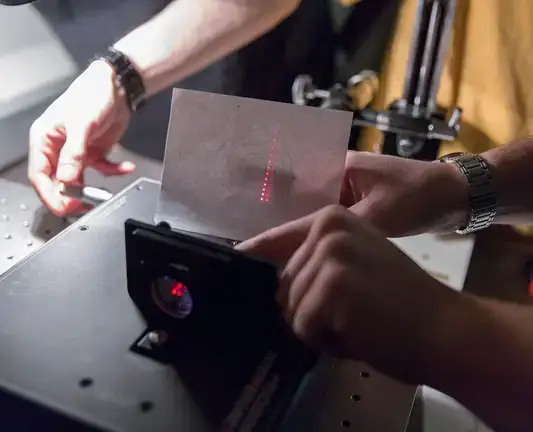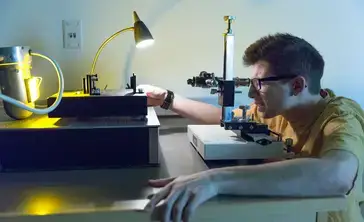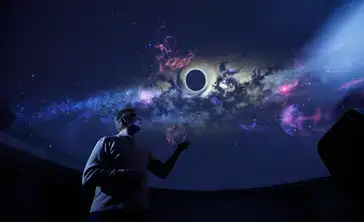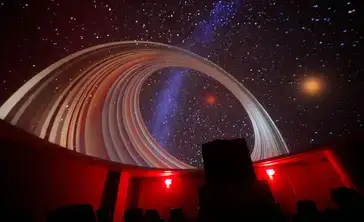Overview
The Physics and Astronomy Department offers programs that will prepare you for careers in physics, physics education, astronomy, engineering or interdisciplinary work in another technical field. We’re a close-knit department with small classes, a strong alumni network, and plenty of ways to make connections outside of class – including a spontaneous game of ping pong right down the hall from our faculty offices!
Explore Physics and Astronomy Programs
Physics, with two options, to give you the right background for your career path.
Astronomy and Physics
Digital Planetarium Operation
Related Programs
Prepare for a career in teaching or engineering with a related program.
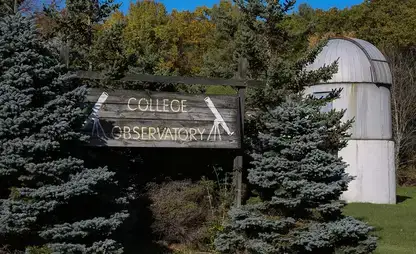
Facilities
SUNY Oneonta has excellent physics and astronomy facilities, including specialized labs, a digital planetarium and an observatory.
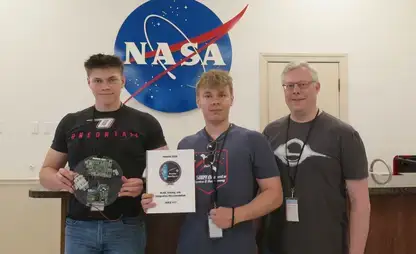
Student Opportunities
Design your own show at our digital planetarium, do an independent research project, complete a summer internship, or get involved in one of our physics-related student clubs!
Key Links
Contact the
Physics & Astronomy Department
Physical Science II
108 Ravine Parkway
Oneonta, NY 13820
United States
